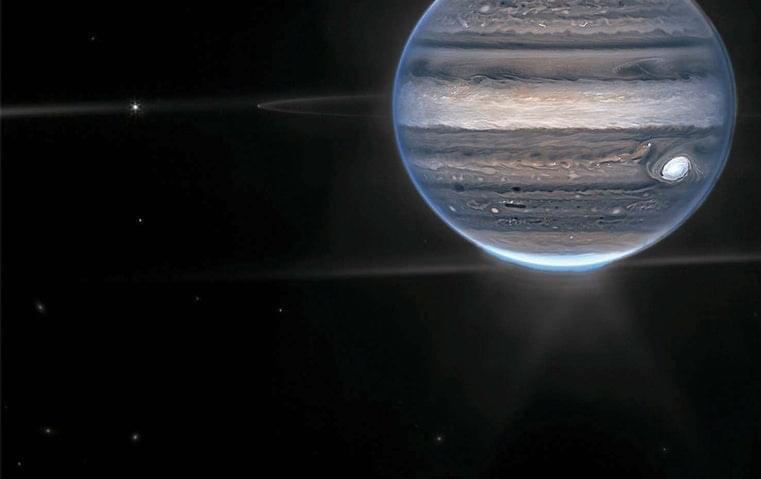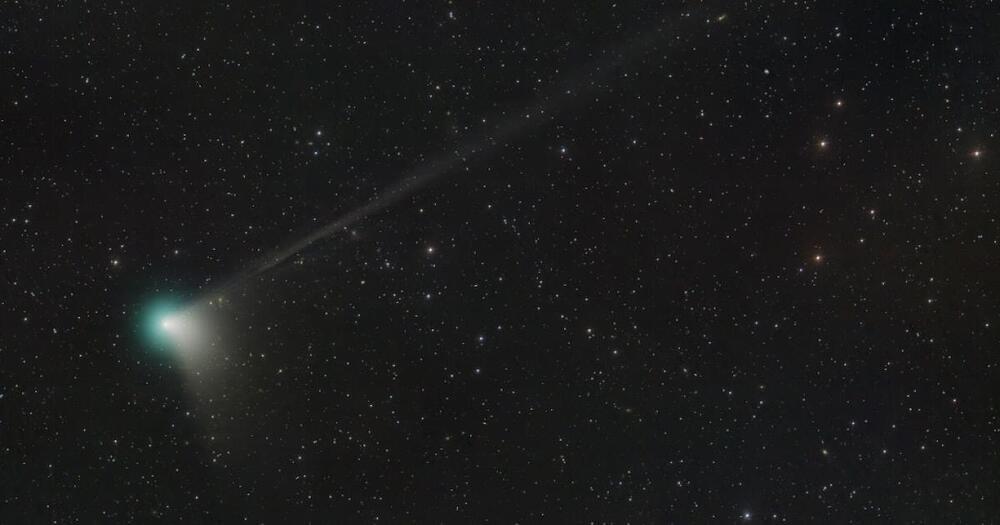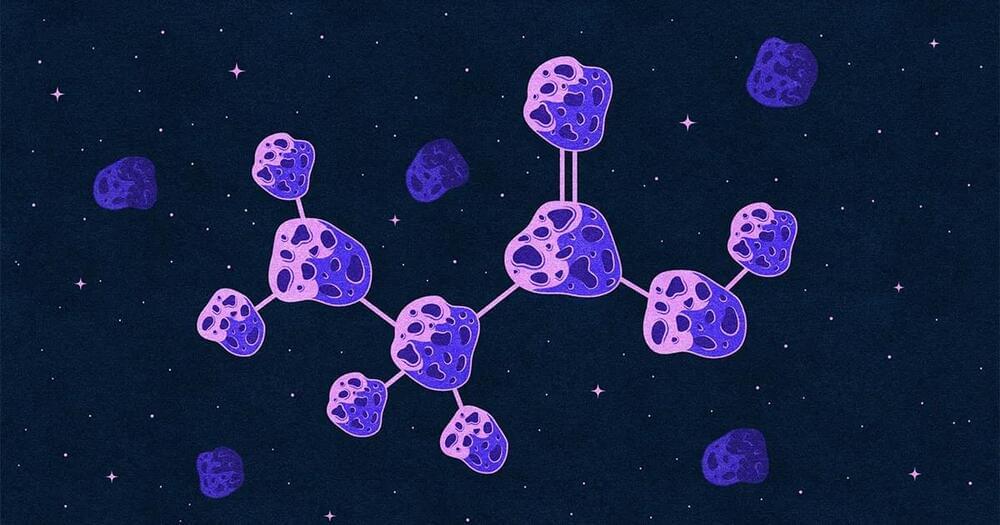These new views of familiar space sights reveal details never before seen.


In other words, what appears to be emergent to us today, with our present limitations of what its within our power to compute, may someday in the future be describable in purely reductionist terms. Many such systems that were once incapable of being described via reductionism have, with superior models (as far as what we choose to pay attention to) and the advent of improved computing power, now been successfully described in precisely a reductionist fashion. Many seemingly chaotic systems can, in fact, be predicted to whatever accuracy we arbitrarily choose, so long as enough computational resources are available.
Yes, we can’t rule out non-reductionism, but wherever we’ve been able to make robust predictions for what the fundamental laws of nature do imply for large-scale, complex structures, they’ve been in agreement with what we’ve been able to observe and measure. The combination of the known particles that make up the Universe and the four fundamental forces through which they interact has been sufficient to explain, from atomic to stellar scales and beyond, everything we’ve ever encountered in this Universe. The existence of systems that are too complex to predict with current technology is not an argument against reductionism.


New James Webb observations reveal massive Milky Way-like structures that scientists didn’t expect to find in the early universe.
The James Webb Space Telescope continues to alter our understanding of the universe.
The $10 billion space observatory has observed Milky Way-like galaxies much further back in time than previously thought possible, a press statement reveals.

Summary: Time spent in a novel environment causes neural representations to grow in a surprising way.
Source: Salk Institute.
Young children sometimes believe that the moon is following them, or that they can reach out and touch it. It appears to be much closer than is proportional to its true distance. As we move about our daily lives, we tend to think that we navigate space in a linear way.

Nothing personal, the Sun is just going through a phase right now. On Jan 4, 2023, our planet reached the closest point to the Sun in its orbit and is expected to be hit by the wake of a coronal mass ejection (CME) coming from the Sun, Live Science reported.
IStock/cokada.
Solar activity has been picking up pace in the past few months as the Sun approaches the peak of its solar cycle. Every 11 years or so, the poles on the Sun switch their positions, sending our star into a tizzy of activity, marked by the appearance of sunspots and darker areas on the solar surface.


Nothing personal, the Sun is just going through a phase right now.
On Jan 4, 2023, our planet reached the closest point to the Sun in its orbit and is expected to be hit by the wake of a coronal mass ejection (CME) coming from the Sun, Live Science.
A coronal mass ejection is a large expulsion of plasma and magnetic field from the solar surface. When the particles in this expulsion and the magnetic field interact with the Earth’s atmosphere and magnetic field, it compresses the latter, which is referred to as a geomagnetic storm.

Nearly a year after Sony and Honda shared plans to jointly make and sell electric vehicles, the two companies revealed a prototype under the brand name Afeela.
The four-door sedan was driven onstage at CES Wednesday as Kenichiro Yoshida, the CEO of Sony, talked through the company’s mobility philosophy, which prioritizes building vehicles that have autonomous capabilities and are transformed into “moving entertainment space[s].”
The first preorders of the Afeelas are scheduled in the first half of 2025, with sales to begin the same year, said Yoshida. Initial shipments will be delivered to customers in North America in the spring of 2026.
